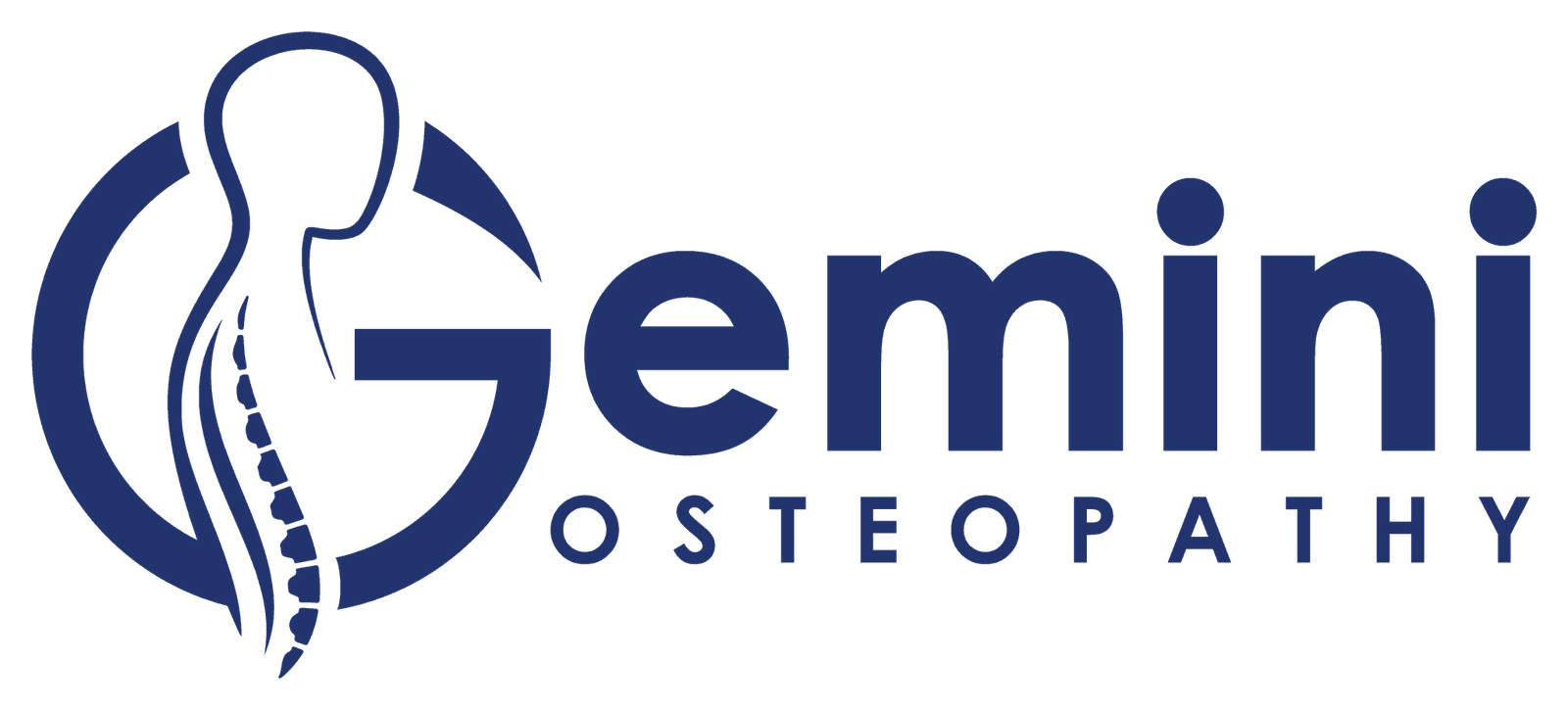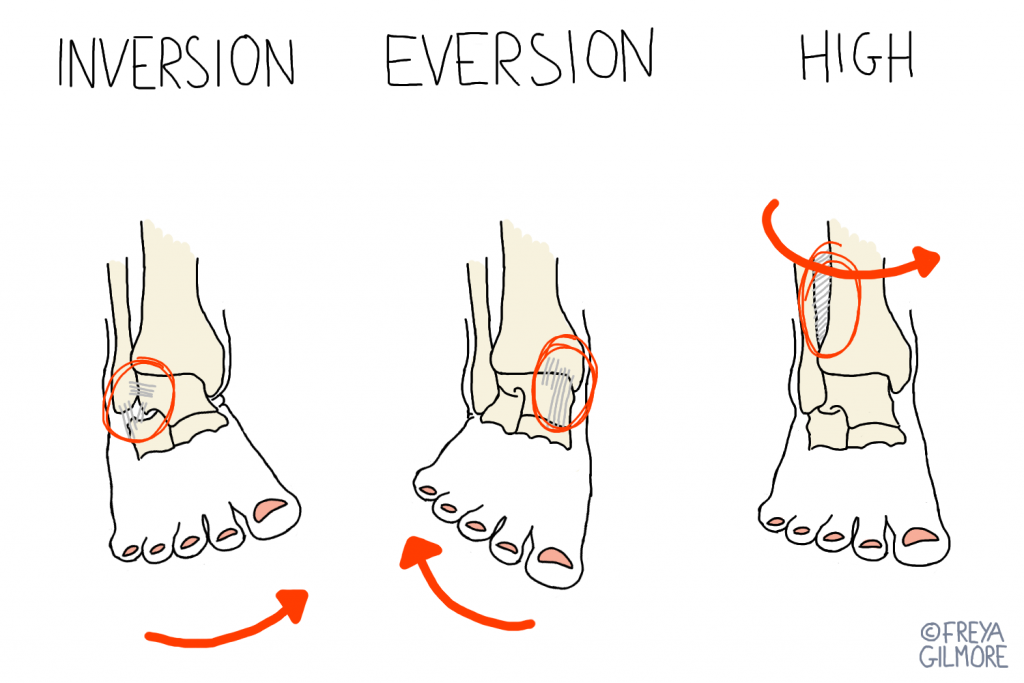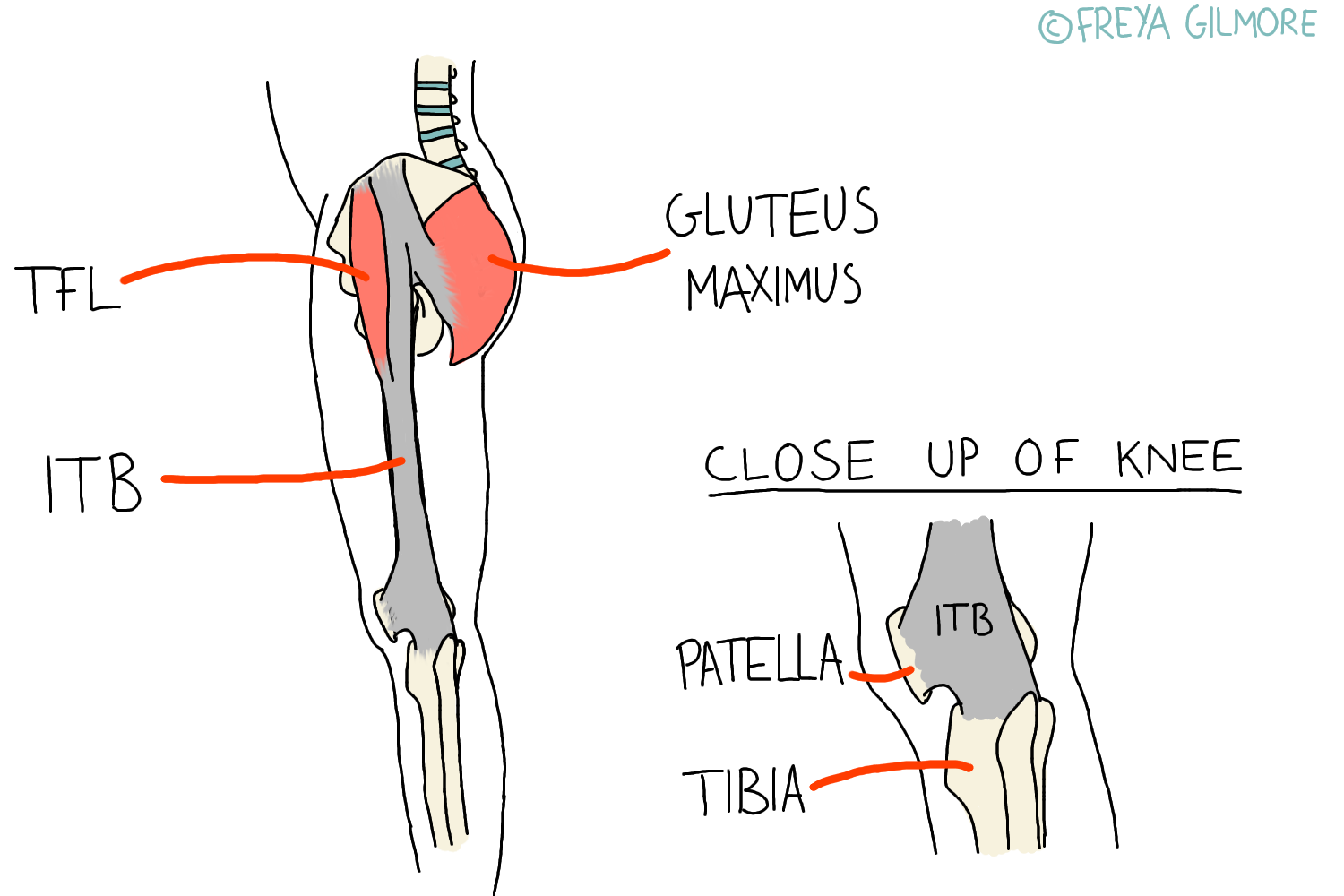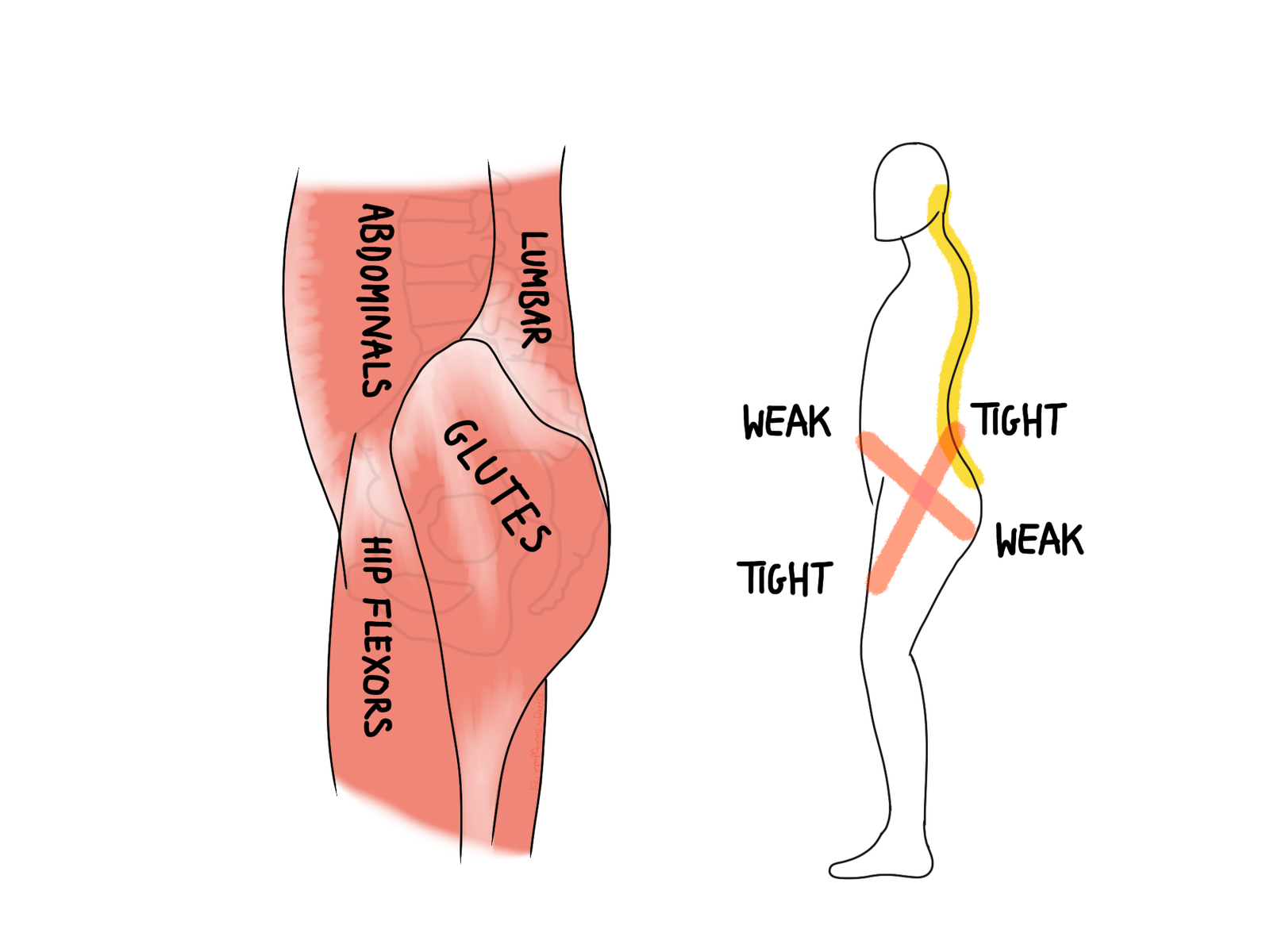The IT band is a band of tissue that runs down the side of the…
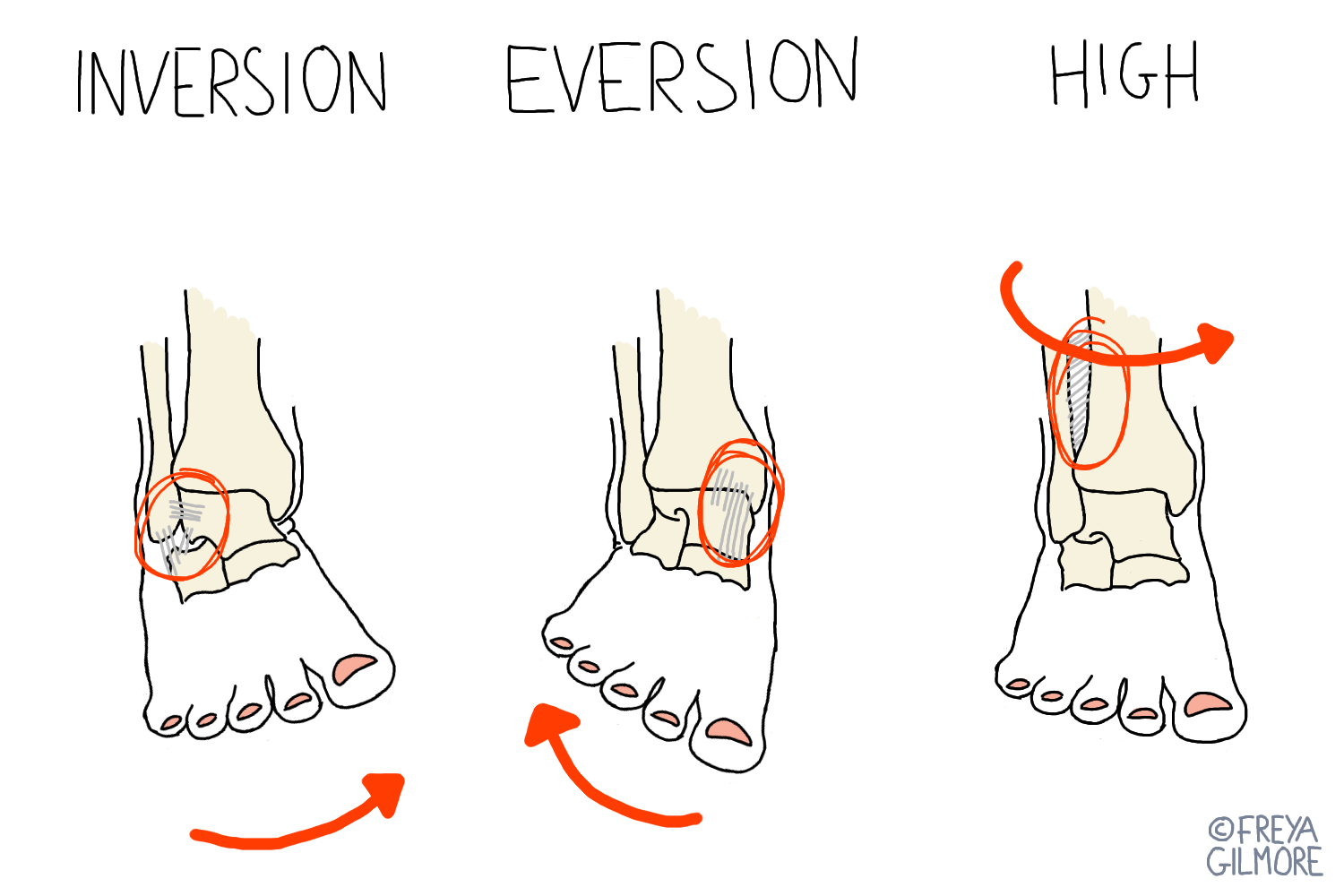
Sports Injuries
Osteopaths are well equipped to help manage minor sports injuries. From symptomatic relief and acute management to long term rehabilitation, we can help.
Sprains
One common sports injury is a sprain. Sprains are injuries to ligaments, and they can be classified by severity. Mild sprains involve little tissue damage and resolve well within a few weeks. These are classified as grade one. A grade three sprain means the fibres of the ligament are 50-100% damaged, and this will take a lot longer to heal. Rehabilitation will also be slower, but very important.
If you’ve sprained an ankle in the past, you might find yourself spraining it more frequently than the injured one. You might also notice that it doesn’t feel as stable. Ligaments do take a long time to heal, but they can be supported in their recovery by osteopathic treatment. Rehabilitating the muscles that work alongside the injured ligament can increase stability in the joint and reduce compensation elsewhere.
Often we see sprained or “twisted” ankles, but any joint with ligaments can be sprained. While we don’t tend to say a knee is sprained, an ACL, PCL, MCL or LCL injury are all technically sprains.
Meniscus tears
Between the two main bones of the knee, there are two C-shaped pieces of cartilage. Their role is to cushion and support the knee. If you twist through the knee while weight bearing, as when kicking a football, you can injure one or both of the menisci.
This might be felt as a “pop” at the onset, or it might not show itself until later. A knee with a meniscus injury may become stiff, sore, and swollen over a few hours. For mild cases, symptoms may subside quickly. However there may still be an intermittent catching or locking within the knee if there is a loose piece of cartilage. This catching pain can be hard to predict as the loose piece floats around, but it can be very painful when it does catch.
A pain that catches you unaware might cause you to change the way you move. Unfortunately, this is the opposite of what the cartilage needs. Cartilage relies on compression and decompression throughout the whole joint to remain healthy. Limiting your movement, even involuntarily, opens the door to further injury. Loose bodies of cartilage can sometimes reabsorb, but larger pieces may require surgery. Osteopathy is appropriate as a first line of management for simple knee pain like this.
Shoulder pain & throwing sports
Shoulders are very mobile joints, which unfortunately means they’re quite vulnerable to injury. Overhead throwing is linked to a number of injuries, including TOS, biceps tendinopathy, and labrum tears.
For people at increased risk of injury, preventative treatment can be really useful. Your osteopath can look at the shoulder along with the rest of the body to identify problems before they occur. Apart from with traumatic sports injuries, there is typically a predisposing factor for any injury. If there’s an issue somewhere in the back, for example, it could be causing a strain through the shoulder. This might be able to go on for a long period before the final straw causes something to go wrong.
Your osteopath can also advise you with regards to self management. Proper warming up, cooling down, and first aid where applicable can make all the difference.
Early management of sports injuries
It’s never too soon for treatment after an injury! Early treatment might focus on reducing excessive swelling to avoid further damage to the area. Some swelling is beneficial, but not when it causes significant loss of mobility or stretching of ligaments. Tailored advice and exercises can make a huge difference in the first few days after an injury, setting you up for full rehabilitation.
Rehabilitation
Once the injury begins to resolve, we can start thinking about longer term management. Our aims are both to restore the area to full function (where possible) and reduce the likelihood of recurrence. Some patients may also want to continue treatment beyond this point, with aims of improving their strength or mobility beyond where it was before the injury. Speak to your osteopath about rehabilitating beyond “normal”.
Whether you’re suffering from a brand new sports injury or the chronic effects of a badly managed one, book an appointment to find out how we can help.
